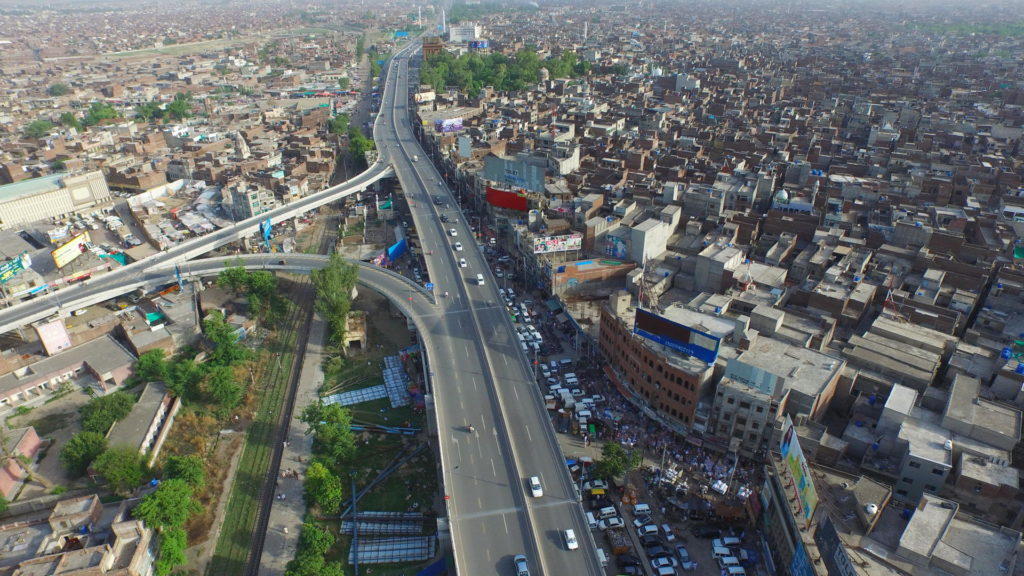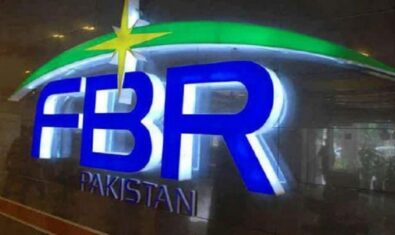The World Economic Forum (WEF) has ranked Pakistan at 115, last among its South Asian neighbors, where India leads at 40 followed by Bhutan at 82, Sri Lanka 71, Nepal 88 and Bangladesh at 99 at the Global Competitiveness Index (GCI) 2017-18.
The Global Competitiveness Index (GCI) 2017-18 has identified corruption as the most problematic factor for doing business in the country, followed by tax rates, government instability/coups and crime and thefts.
For the ninth consecutive year, Switzerland ranked as the most competitive economy in the world, United States and Singapore ranked at second and third respectively.
GCI scores are calculated by drawing together country-level data covering 12 categories – the pillars of competitiveness – that collectively make up a comprehensive picture of a country’s competitiveness. The 12 pillars of Competitiveness are: institutions, infrastructure, macroeconomic environment, health and primary education, higher education and training, goods market efficiency, labour market efficiency, financial market development, technological readiness, market size, business sophistication, and innovation.
On the institutions pillar, Pakistan improved 21 ranks and stands at 90 from 111 last year. This year among 114 global competitiveness indicators, Pakistan showed improvements on 82 key indices, whereas on 20 indices the country lost its previous position, while on 12 indices Pakistan , retained its position as last year.
Both India (40th, down one) and Sri Lanka (85th, down 14 ranks) had corruption and inefficient government bureaucracy as key factors for hindering progress.
On other pillars, among 137 countries, Pakistan ranks at Health and Primary Education 129, losing one rank from last year, Higher Education and Training improved from 123 to 120, goods market efficiency 107, labour market efficiency 128, financial market sophistication jumped from 107 to 96, technological readiness 111.
Infrastructure improved from 116 to 110, on the macroeconomic stability pillar Pakistan improved 10 ranks and stands at 106. On other pillars, among 137 countries, Pakistan ranks at Health and Primary Education 129, losing one rank from last year, Higher Education and Training improved from 123 to 120, Goods Market Efficiency 107, Labour Market Efficiency 128, Financial Market Sophistication jumped from 107 to 96, Technological Readiness 111. Maintaining the regional competitiveness edge Pakistan ranks at 28 on the pillar of market size.
Also showing sustained improvements on business sophistication the rank changed from 95 last year to 81 in 2017, while on the innovation pillar improvement of 15 points now places Pakistan at 60 rank on the global competitiveness index.
The analysis from Mishal, the country partner institute for Pakistan also shows performance of some of the key regulatory bodies and other government institutions, which have shown progress as well.
Among 138 countries the institutions are ranked as following: Intellectual Property Organization (97), Judicial Independence (80), Police Services (116), Auditor General of Pakistan Revenues (110), National Highways Authority (76), Pakistan Railways (52), Civil Aviation Authority (91), NEPRA (115), Higher Education Commission of Pakistan (116), National Vocational and Technical Training Commission (99), Competition Commission of Pakistan (70), Pakistan Customs (93), State Bank of Pakistan among other 138 Central Banks at (89), Securities and Exchange Commission of Pakistan at (91) nd Trade Development Authority of Pakistan (135). Infrastructure improved from 116 to 110, on the macroeconomic stability pillar Pakistan improved 10 ranks and stands at 106.
To improve the soft-data on Pakistan , the World Economic Forum worked closely with Mishal Pakistan , the country partner institute of the Global Competitiveness and Benchmarking Network of WEF. This year a total of 526 respondents from the business community were reached out through the annual Executive Opinion Survey, whereas 236 were selected from last year and 290 from this year. The World Economic Forum reached out to more than 12,000 business leaders globally. This year Pakistan had the third largest sample size in the world after China and Mexico .






















Well done our institutions for slow work.
What a misleading headline. Focusing on one thing ignoring the improvements as highlighted in the report.
“This year among 114 global competitiveness indicators, Pakistan showed improvements on 82 key indices, whereas on 20 indices the country lost its previous position, while on 12 indices Pakistan , retained its position as last year”
Yep they missed the point that although we are placed at the bottom but were still the biggest leapers in the South Asia.
Its all about perspective
Pic LAHORE Ki HOgi ???
Nope. Try image search.
its all about PMLN